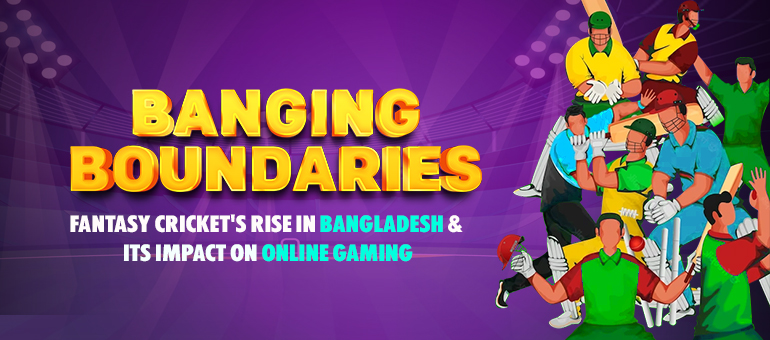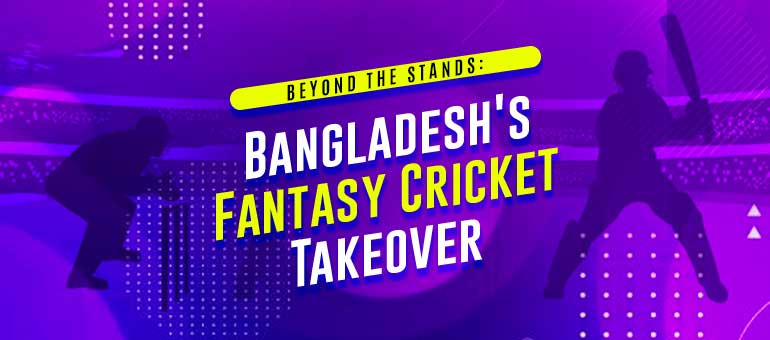
Important Umpire Signals Every Fantasy Cricket Fan Should Know
Cricket is regarded among the most challenging sports to master. This is due to the type of rules and regulations that it has, rather than how it is played. Take, for example, a dismissal via Catch. It entails contact between the bat and the ball before it is caught by a fielder. Even if the touch is minor, the value remains the same- one full wicket. As a result, the Umpire has the task of ensuring that all these laws are obeyed. Just like in cricket, referees are an important part of football. They also have various signals that everyone should be aware of. These signals also play an important role in most of the fantasy premier leagues in Bangladesh. Umpires are in charge of ensuring that cricket always stays a gentleman’s game.
In this article, we will take you through some of the important umpire signals that every fantasy player should know about.
No-Ball Delivery
As per the cricket rules, a bowler must land his front foot behind the crease while bowling. If during any delivery the bowler lands the leg ahead of the crease, then it is termed as illegal and said to be a ‘no ball’. A no-ball is signalled by the umpire by holding one arm horizontally at nearly 90 degrees. However, if the bowler throws the ball precisely above the batsman’s waist without bouncing it on the pitch, then also it will be called a no-ball. “No-balls” are generally counted as an extra ball, and it does not count as one of the six deliveries in an over.
Fall of Wicket
If you observe the umpire lifting an index finger from any of his/her hands in the air, then you know the player is out. Without a doubt, this is the most dreaded signal for a fantasy cricket fan. The decision to announce a “not out” can be made quickly and readily verbally. When tens of thousands of fans are watching the umpire for one signal, simply raising an index finger is enough to reveal the player’s fate.
Wide Ball
When the ball is delivered outside the batsman’s reach, it is referred to as a wide ball. A line drawn on the pitch defines this reach. Even if the ball flies considerably over the batsman’s head, it can still be called a wide. The wide balls are not counted with the other deliveries but it contributes an extra run to the total for the batting team. The umpire makes a wide signal by horizontally spreading both hands out.
Boundary
If the ball crosses the boundary or hits the boundary fence, then the batsman will get a boundary. Obviously, it’s a definite reason for celebration. The umpire usually indicates that the ball has gone in for four runs by waving his arms back and forth. This is one of the most positive signals for almost every fantasy cricket player.
Bouncer
A bowler can bowl two bouncers in each over of a Test and ODI game. In T20 cricket, though, the bowler can only bowl one bouncer. When the amount of bouncers in an over crosses the threshold number, the batting team is given a no-ball. As a result, the umpire must inform the players on the pitch about the first and second bouncers that were delivered. The bouncer number is indicated by placing the arm on the shoulder and raising one or two fingers.
An umpire is an important part of the game and their decisions can change the entire route of the game. In football also, the referee’s decision is the last. If you want to experience fantasy football, then you can visit fantasy websites that hold some of the best fantasy football in Bangladesh.
Read More:
1. Top 5 Leading Wicket-Takers in the History of Indian T20 League
2. Peculiar Fantasy Cricket Controversies that Shocked the Whole World
3. Top 5 Bowlers with Most Number of Wickets in the History of ODI’s




